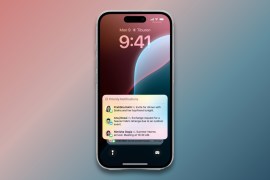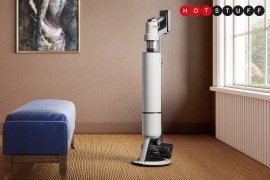Google Pixel 9 Pro XL review: supersize if you want – not because you have to
Still king of Google's castle - or usurped by a smaller sibling?
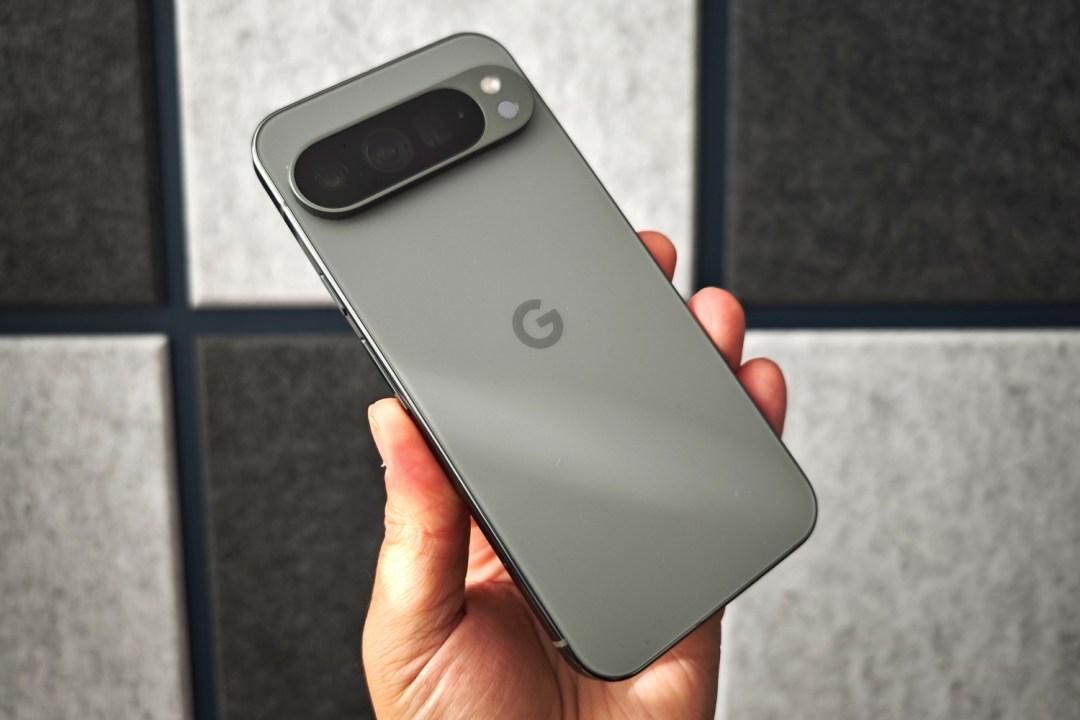
Stuff Verdict
The best big-screen Pixel yet is a real looker, levels up Google’s AI efforts and takes a fine photo. Just think hard on whether you need the Pixel 9 Pro XL, now there’s also a smaller version
Pros
- Distinctive new look and premium build
- Consistently great photos and expansive gen AI editing tools
- Smooth real-world performance and promising battery life
Cons
- 128GB starting storage is measly
- Best Gemini features are paywalled
- Less appealing now there’s a smaller version
Introduction
Meet the biggest shake-up for Google’s Pixel smartphone range in generations – and not just because of a radical styling shift. The clue is in the name: the Pixel 9 Pro XL is now the larger of two Pro variants, meaning you no longer have to choose between screen size or camera capabilities.
Both get the latest Tensor G4 chipset, both have a trio of rear lenses and both land with the best version of Gemini yet. Now you can have have full-blown conversations with Google’s AI assistant, and it can scour your screenshots for long-forgotten information. The only things that separate the XL from its little brother are battery capacity and charging speed. Oh, and the price.
At $1099/£1099, you’re looking at a $100/£100 premium to go supersize – and once you take storage capacity into account, suddenly Google doesn’t have price on its side any more. Can a fresh new look and some bespoke software smarts give it the edge over newer rivals like the Samsung Galaxy S25 Ultra and Apple iPhone 16 Pro Max?
Review first published 21 August 2025. Updated March 2025 with Pixel Drop software additions
How we test smartphones
Every phone reviewed on Stuff is used as our main device throughout the testing process. We use industry standard benchmarks and tests, as well as our own years of experience, to judge general performance, battery life, display, sound and camera image quality. Manufacturers have no visibility on reviews before they appear online, and we never accept payment to feature products.
Find out more about how we test and rate products.
Design & build: total transformation

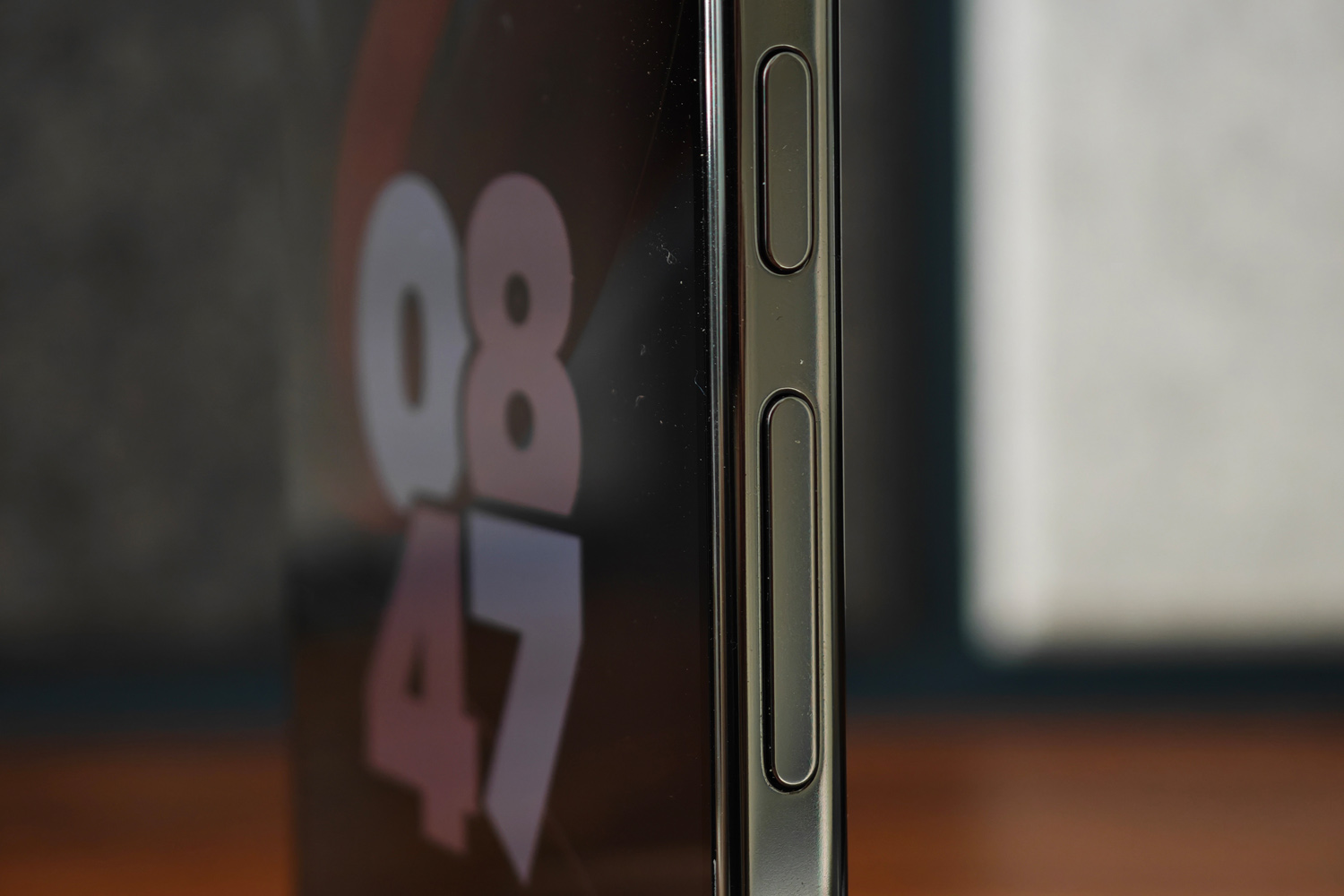
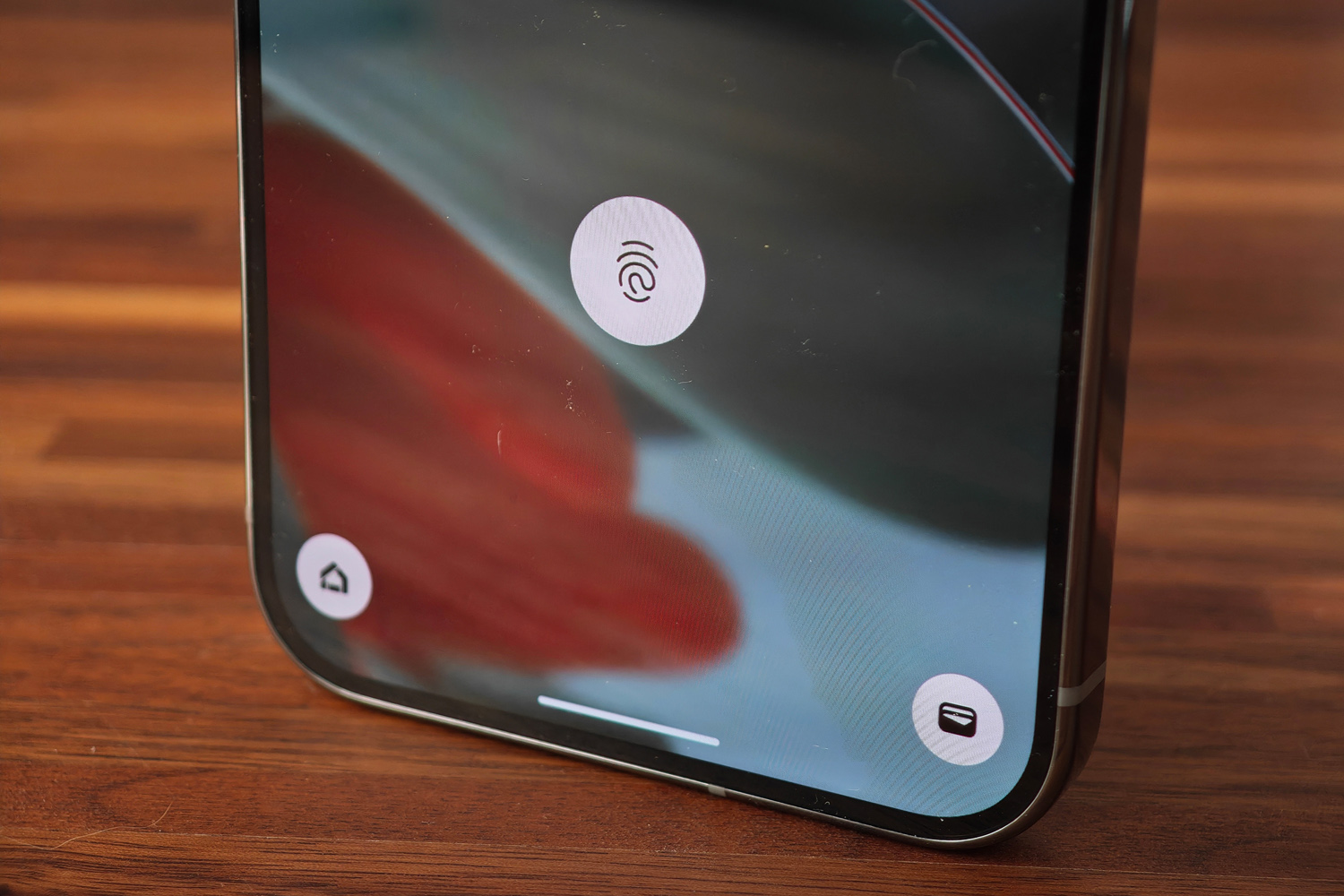
The Pixel 9 Pro XL feels way more modern than its predecessor, simply by ditching curved edges for a flat frame. Google has stuck with polished aluminium, rather than follow in Apple and Samsung’s footsteps with matte titanium, but I still get strong iPhone vibes from the front. Pro tip: if there’s a punch-hole cam you’re in Pixel land; a dynamic island means a wrong turn into Apple town.
A free-floating camera oval at the back means we haven’t arrived at the smartphone design singularity just yet. I like that Google hasn’t strayed too far from the outgoing Pixel 8 Pro, while also getting closer to the brands it’s clearly hoping to court customers from. A two-month head start from the firm’s usual October launch window will surely help on that front.
With a smaller Pro now on offer, Google was free to go even bigger for the XL version. It’s a simply huge phone (and larger still once you stick a case on it), which weighs a considerable 221g. I never forgot when I was carrying it in my pocket. At least the flat sides give you plenty to grip onto, even if the polished finish is pretty poor at hiding fingerprint smudges. The silky rear glass does a much better job. Google has played it safe in terms of colour choice, with all four options – Porcelain, Rose Quartz, Hazel and Obsidian – being more muted than the Pixel 8 Pro’s distinctive Bay Blue and Mint hues.
A lot of that phone’s DNA returns for 2024, including a rear temperature sensor that still feels like an answer to a question no-one asked (or rather stopped asking once the pandemic was over). It’s telling that you won’t find one in the pricier Pixel 9 Pro Fold. The in-display fingerprint sensor is still found at a sensible height, so you won’t be doing any finger yoga just to skip the lock screen – or at all, if you use the speedy face unlock, which is secure enough for banking apps. IP68 water resistance should be a given in a flagship phone, and Google has duly delivered here.
New for 2024 is satellite SOS. It’s the first time an Android phone will have this service, putting the Pixel on par with Apple’s latest iPhones. It’s going live in the US first, and you’ll need to pay for it after the first two years of Pixel 9 Pro XL ownership. I’ve yet to test it.
What remains a mystery at the time of writing is how many potential customers will decide they don’t actually need such a beast of a phone, now that Google also offers the same hardware in a smaller package. I can just about use the Pixel 9 Pro XL one-handed, but it’s a stretch.
Screen & sound: see the light
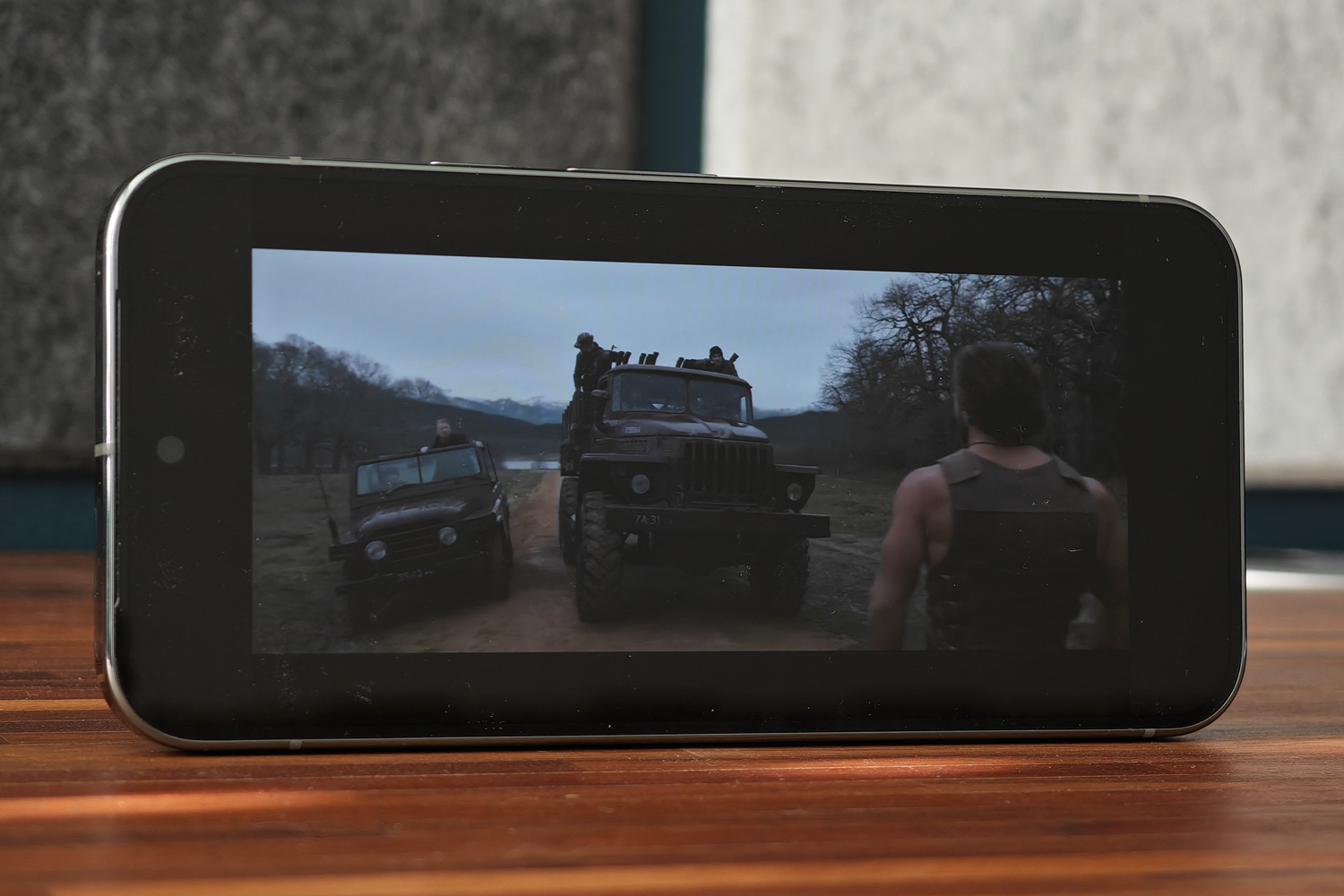
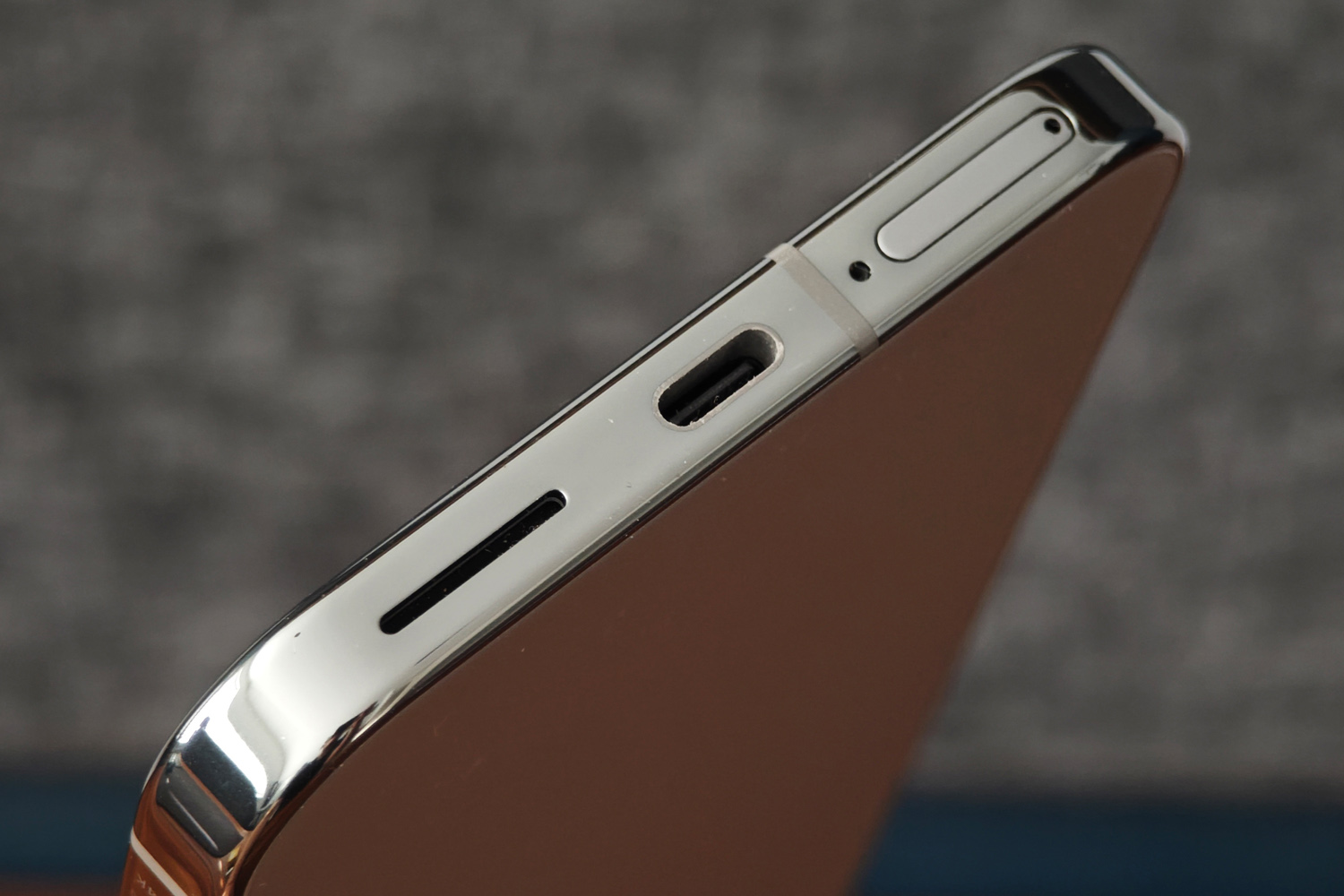
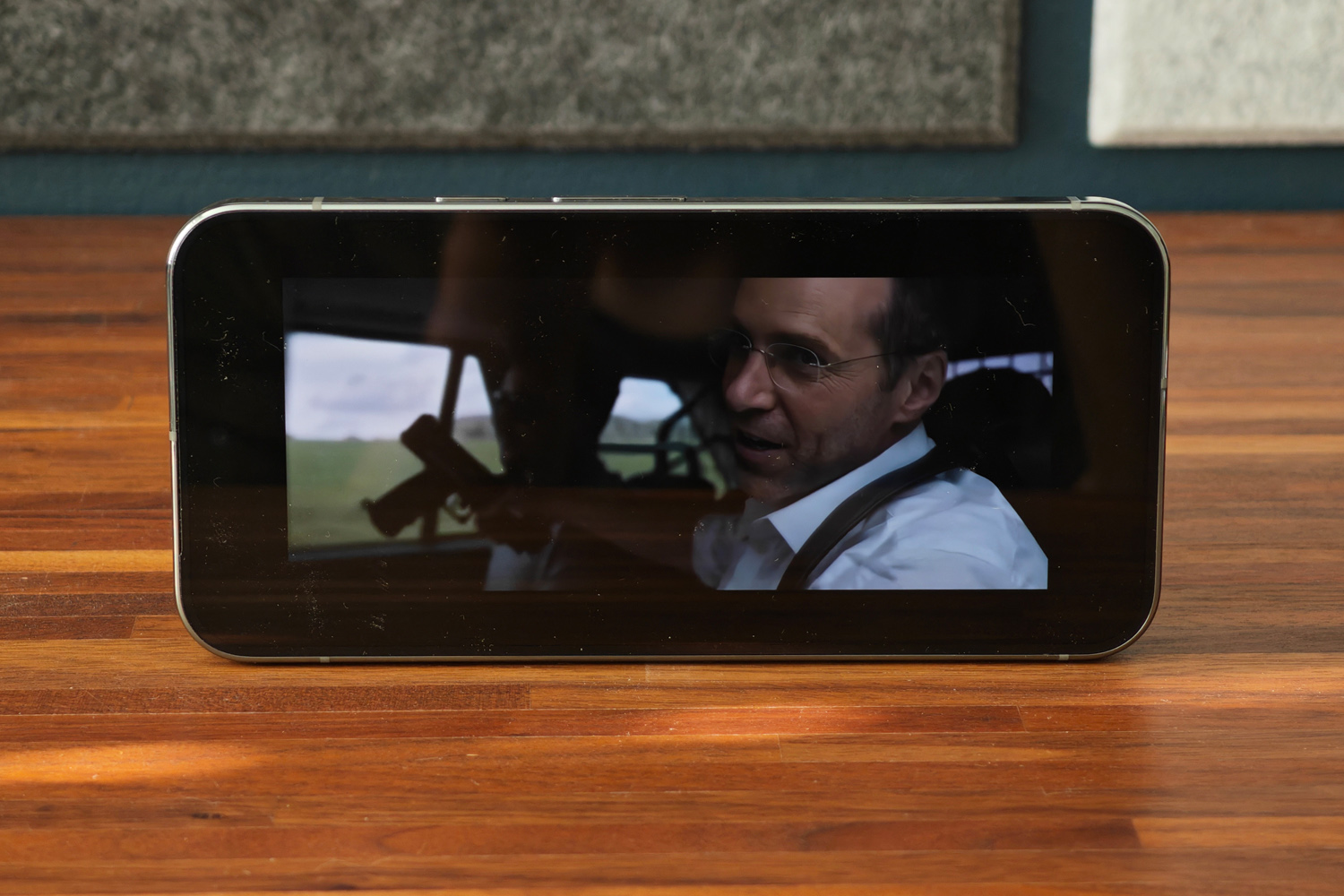
At 6.8in, the Pixel 9 Pro has the biggest screen Google has ever squeezed into a non-folding phone – though the increase is mostly down to skinnier screen bezels. The slight 2.5D effect seen on the Pixel 8 Pro doesn’t make a return here, so the Gorilla Glass 2 panel sits flush to the phone’s frame. Sadly Gorilla Armor glass and its reflection-busting properties appears to still be a Samsung exclusive.
The Pixel makes up for that with impressively high brightness. A 3000 nit peak is up there with other flagships for HDR video impactfulness – I really noticed it when scrolling through Google Photos, which now plays nicely with Google’s Ultra HDR standard. Still, it’s the 2000 nits in high brightness mode (HBM) that really make the difference. It ramps up the brightness whenever you step outdoors, so I had no trouble watching YouTube clips in direct sunshine.
Resolution hasn’t changed from last year, but at 2992×1344 the Pro XL is still packing more pixels than many rivals. The phone does default to a lower 2244×1008 resolution to save a bit of battery, but everything still looks gloriously sharp and detailed from a typical viewing distance. The 1-120Hz adaptive refresh is basically unchanged, too, being perfectly smooth while scrolling yet conserving power on static content, including the always-on lockscreen. There’s still no way to force it to 120Hz all the time, though.
Top marks to Google for the phenomenally engaging colours, ink-like blacks and unbeatable contrast, too. Prior to testing the Pixel I’d been using a book-style folding phone with a much larger display, but after a few hours catching up on my Netflix watch list I didn’t miss it at all.
It helps that the stereo speakers have plenty of punch, with a down-firing main driver that gives more than a hint of low-end presence. You can really crank the volume without distortion, too.
Cameras: the bigger picture
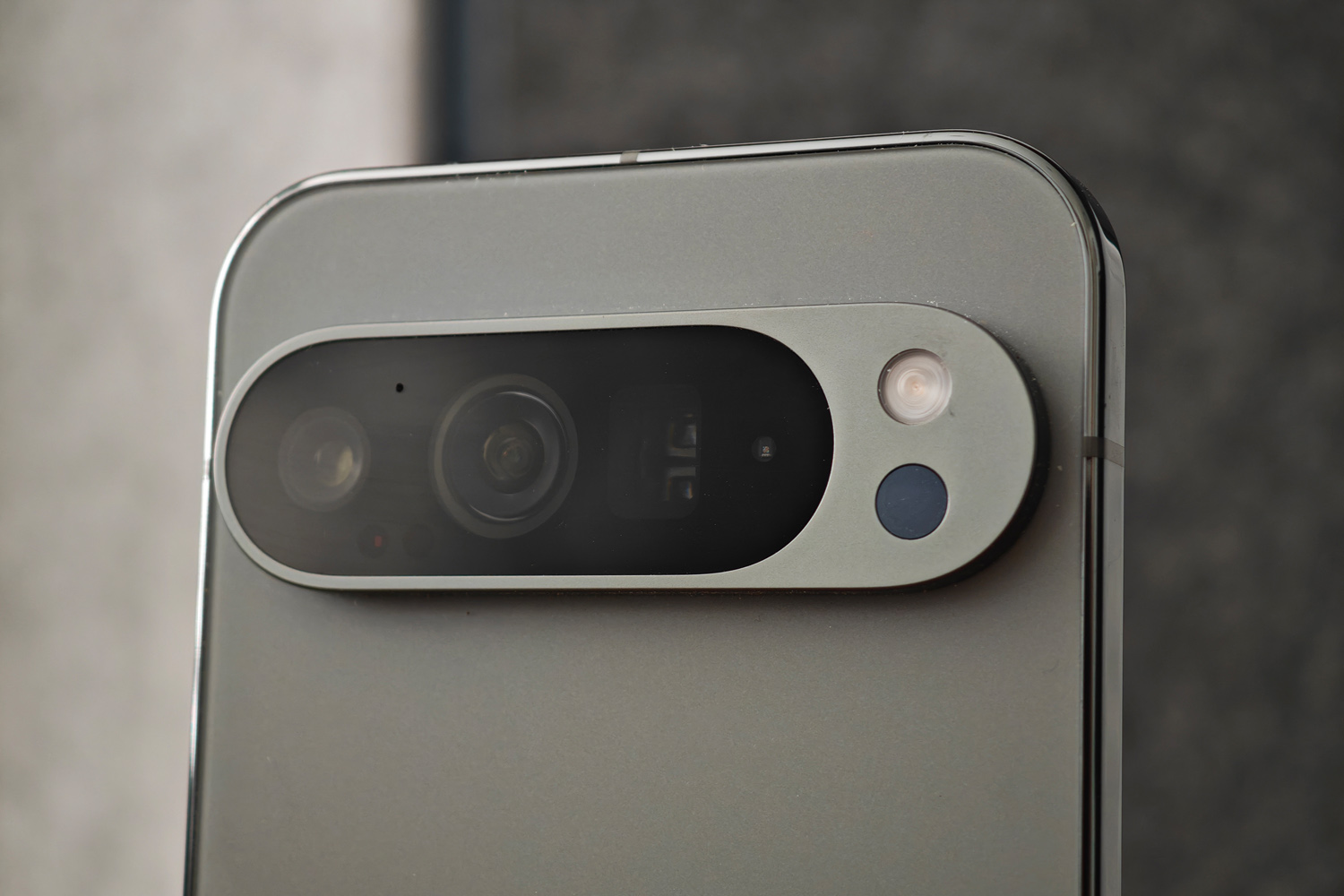
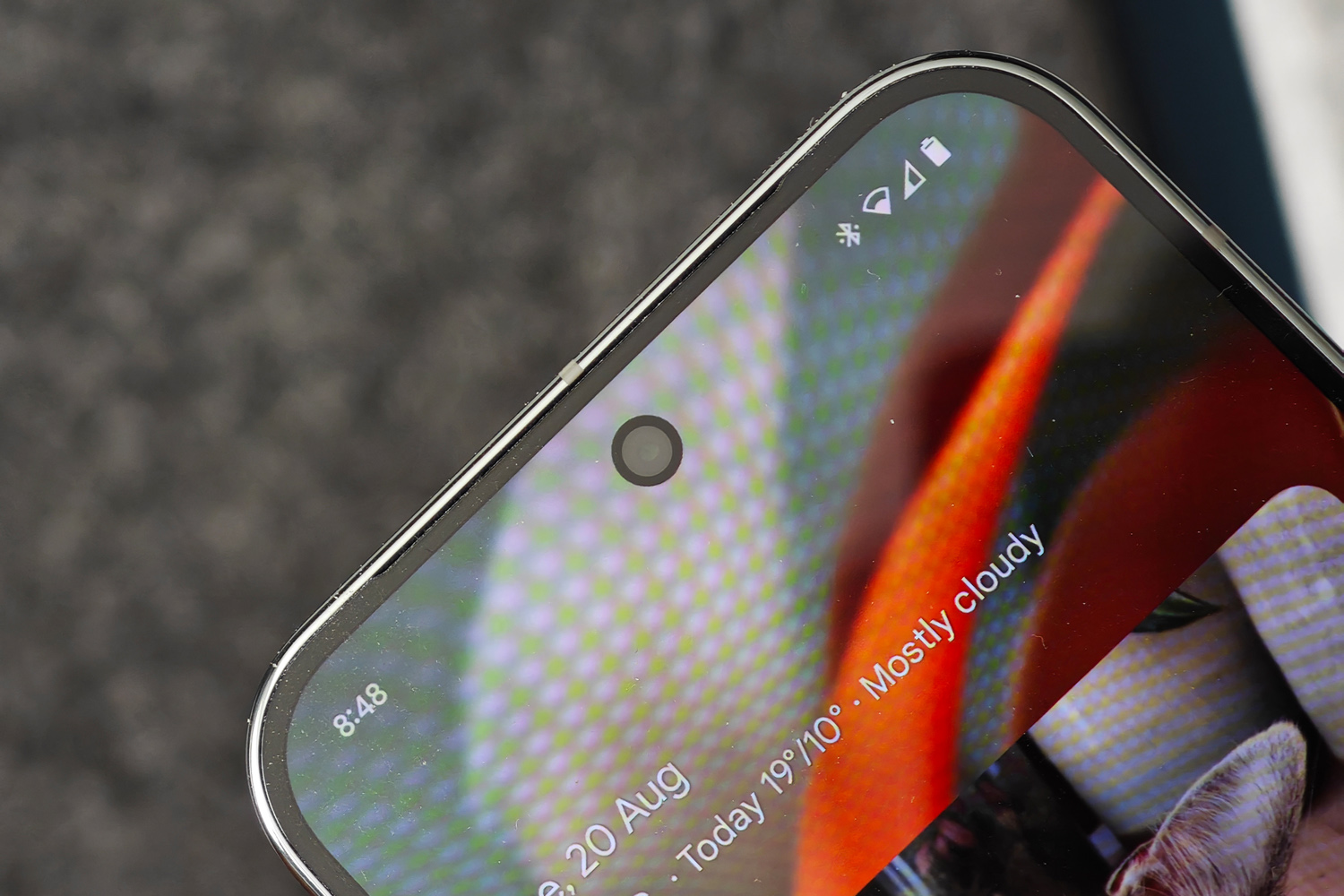
The Pixel 9 Pro XL’s 50MP main, 48MP ultrawide and 48MP telephoto cameras all sound rather familiar – but Google has given one of the three some extra attention for 2024. The ultrawide gets a new, wider f/1.7 lens that lets in a lot more light, which gives it a leg up when shooting in low light. Results are now much closer to the main camera than they were on last year’s phone.
All three rear snappers get phase-detect autofocus, while both the main and telephoto lenses have optical image stabilisation. The lead camera can also rely on laser autofocus, while the ultrawide can pull double duty as a macro lens. The biggest upgrade is up front, with the selfie camera gaining a new 42MP sensor (with autofocus).
I’ll be honest, these weren’t the hardware changes I was hoping for in light of rivals equipped with astonishingly capable 1in sensors. An overhauled panorama mode and quirky “add me” mode didn’t exactly soften the blow, either. But Google’s image processing is among the best in the business, so I was prepared to give it the benefit of the doubt.
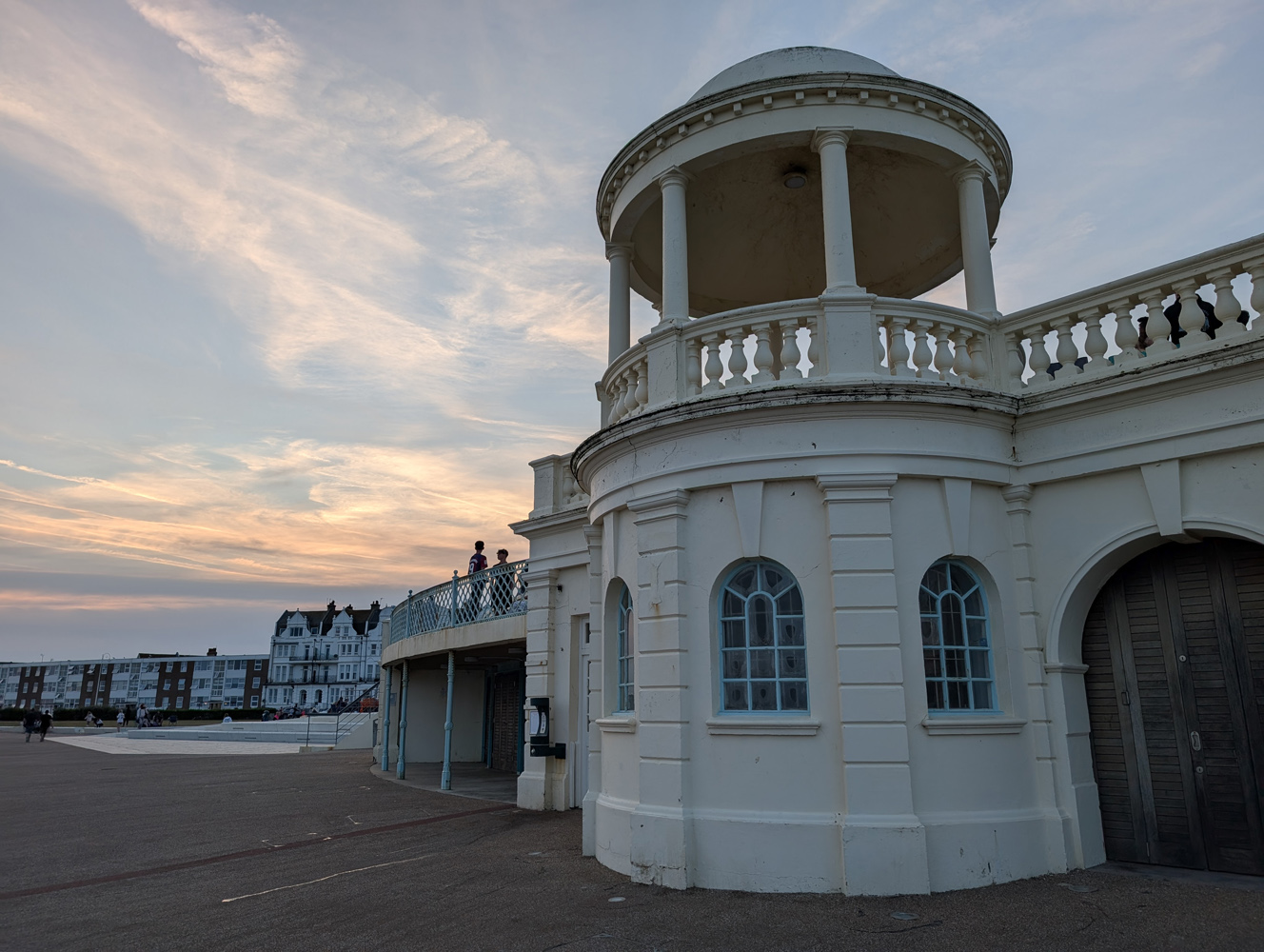
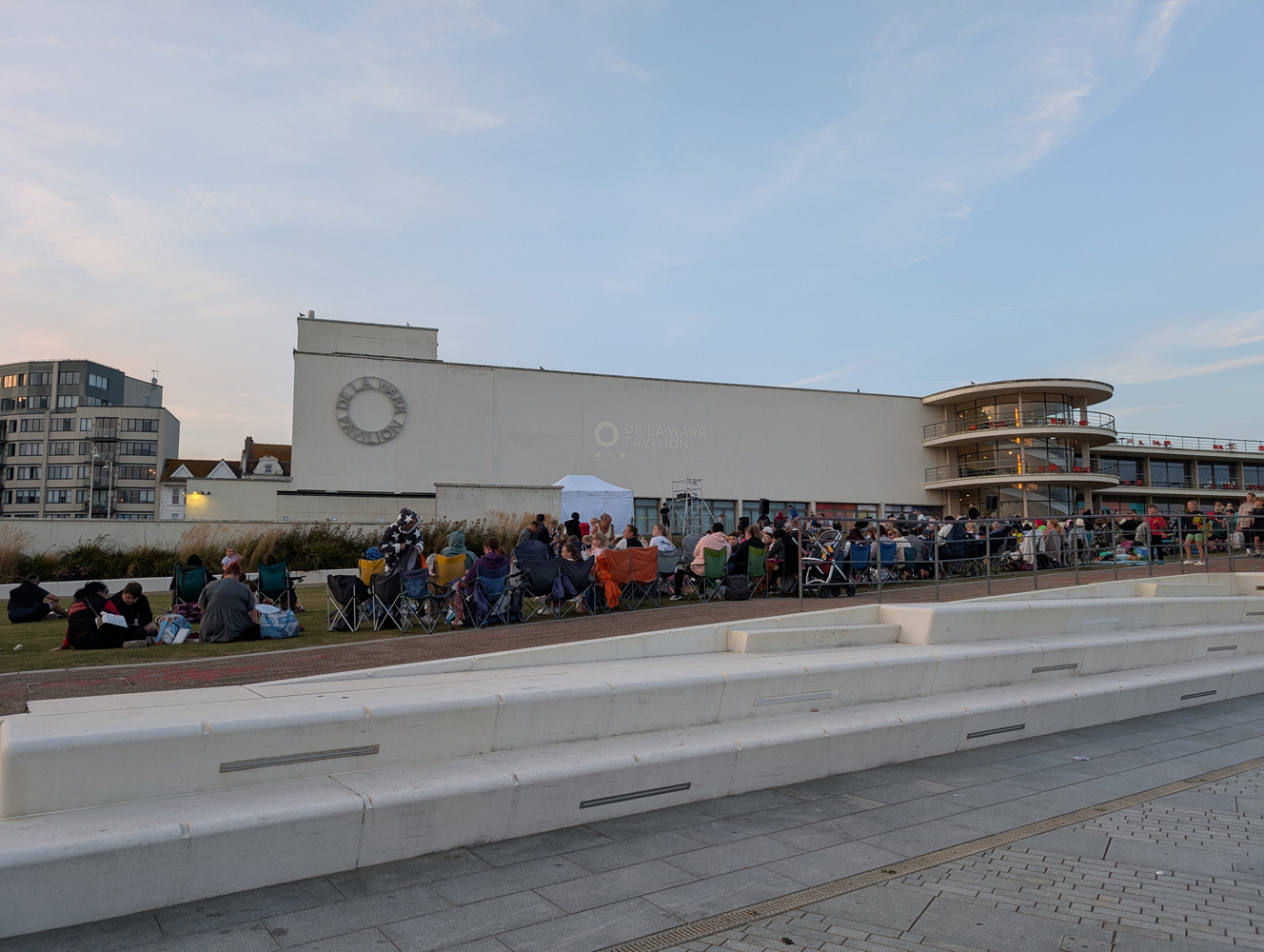
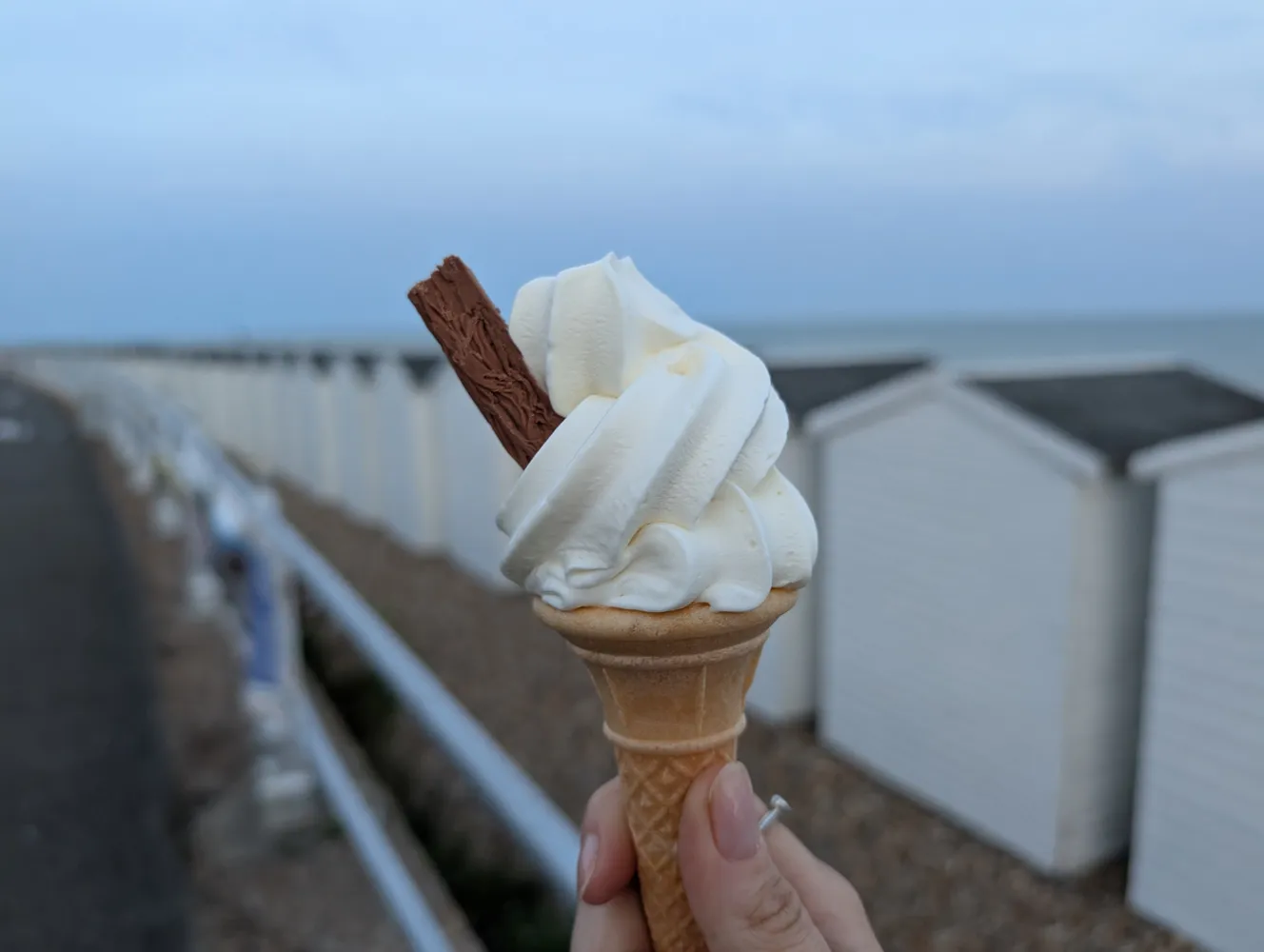
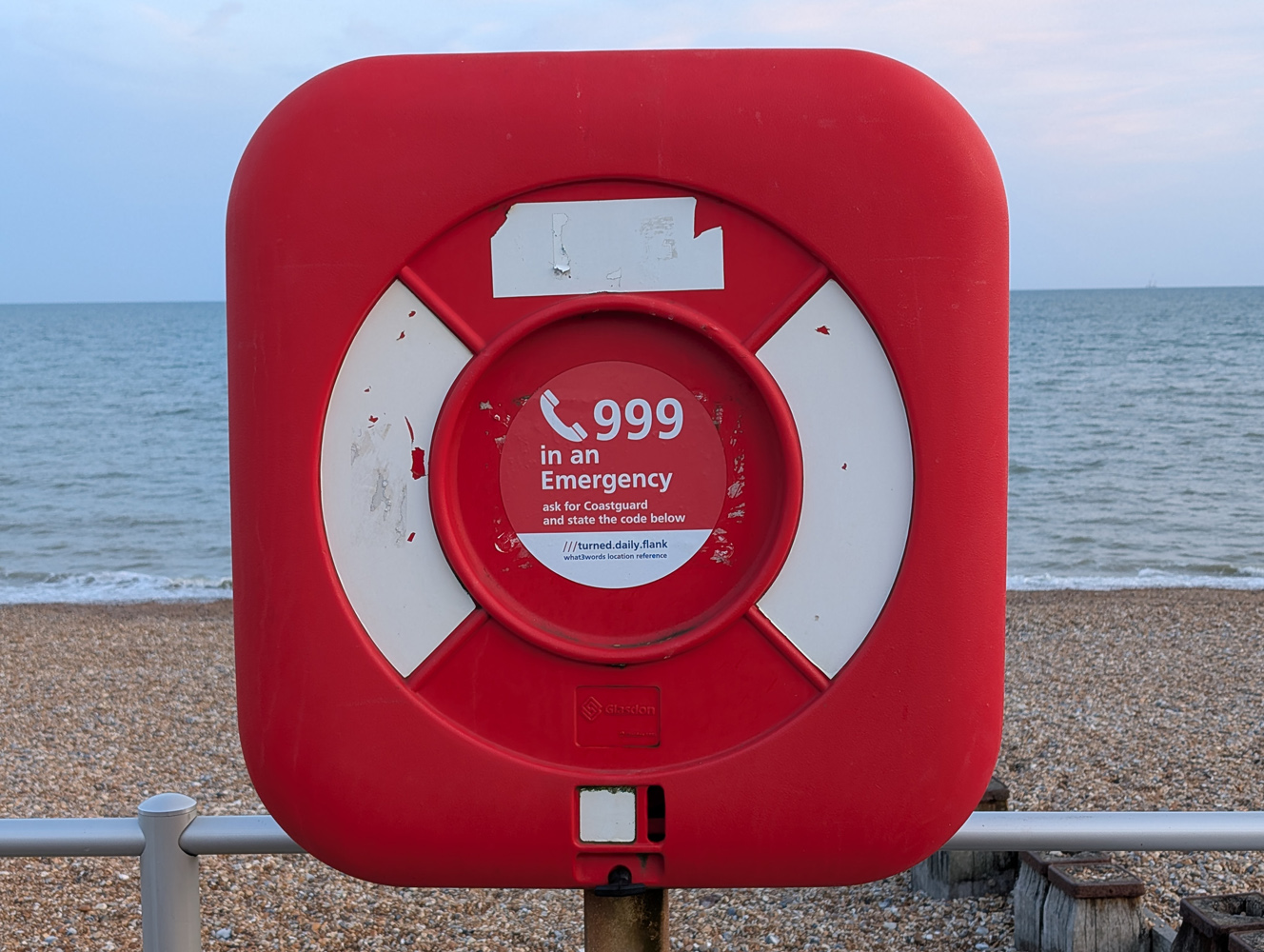

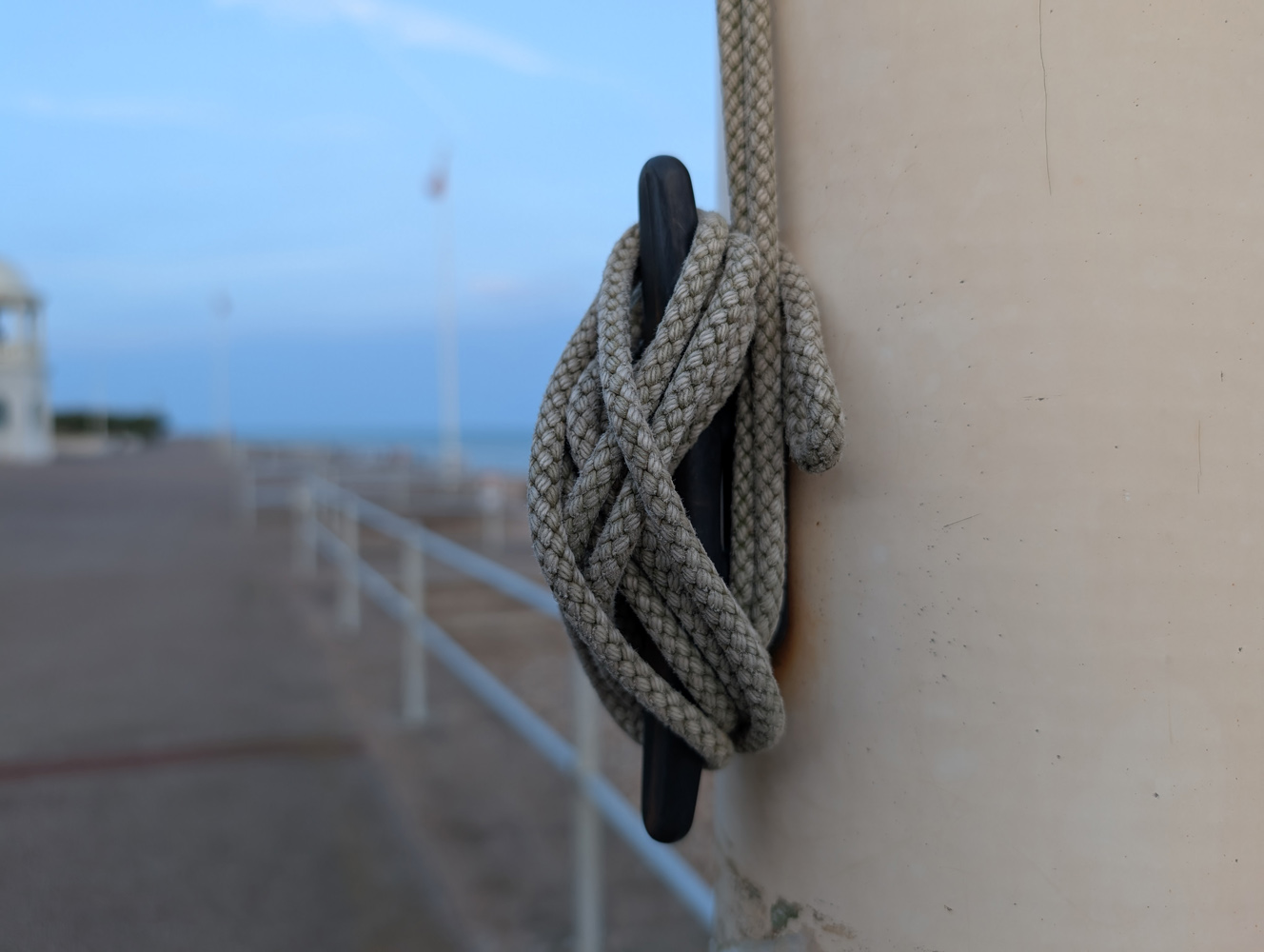
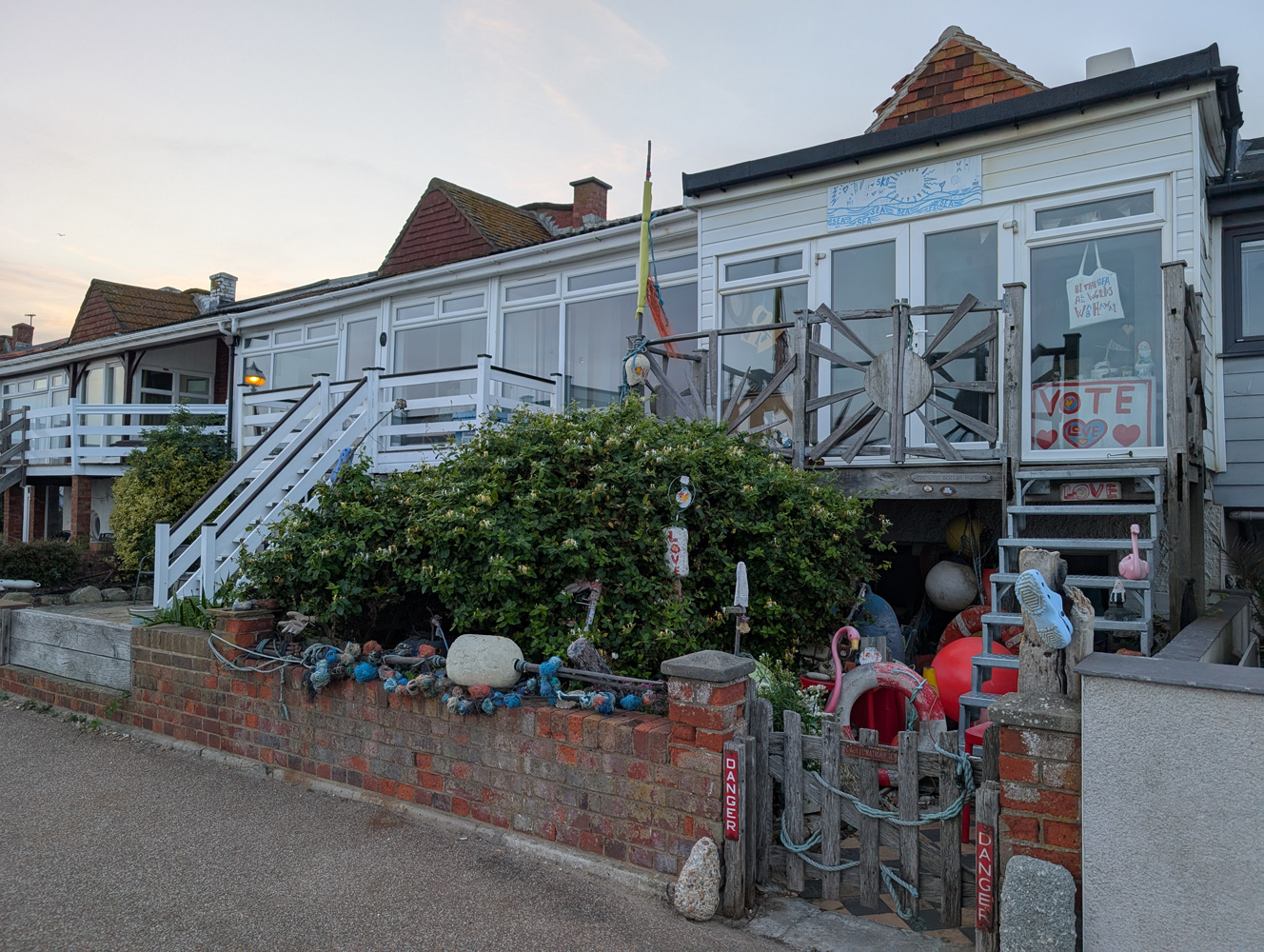

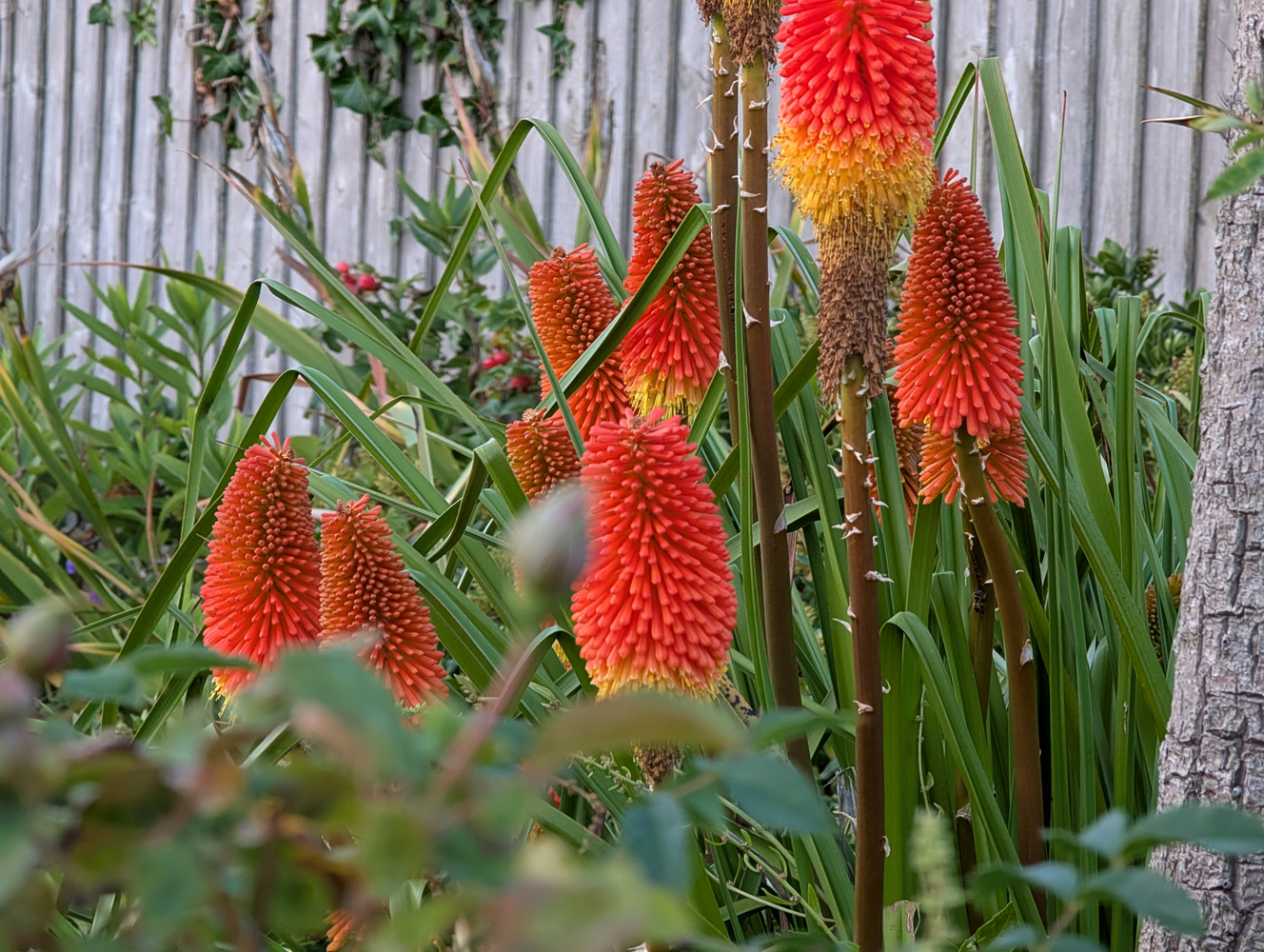

During daylight hours, the Pixel 9 Pro has the engaging colours, great definition and accurate exposure I’ve come to expect from Google’s phones. The Ultra HDR algorithms have been streamlined for more convincing highlights and deeper shadows, which really shine through on the device itself (the Stuff website converts images to .webp, so you’re only getting SDR versions of these sample shots). Dynamic range in general is expertly preserved.
You don’t get the natural depth of field of a phone with a 1in sensor, and software has to step in sooner when the light starts to dim, but it holds up very well in twilight conditions or when stepping indoors. I also like how the wide aperture ultrawide isn’t the weak link any more; detail, noise handling and sharpening are now very close to the main sensor, at least at the centre of the frame.


Zoom shots can look overly sharpened when there’s not a lot of light, but hold up brilliantly during the day. The telephoto tops out at 5x, but Super Res zoom does a great job up to around 10x. Any further at night and you step into oil painting territory, as with every rival phone.
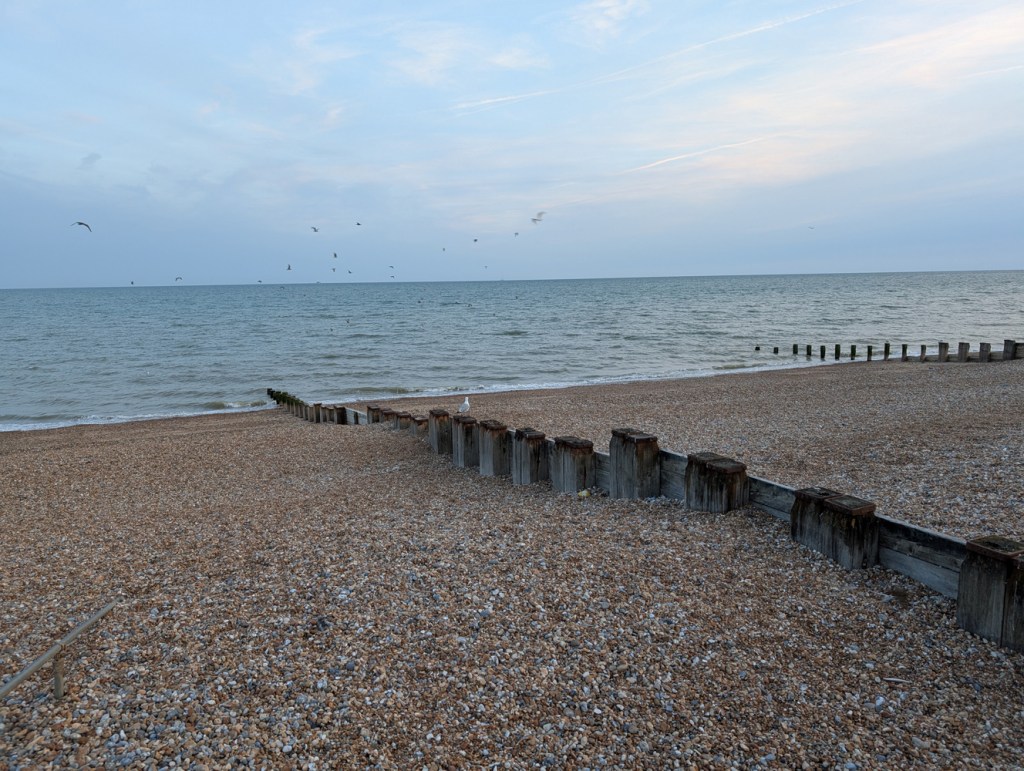
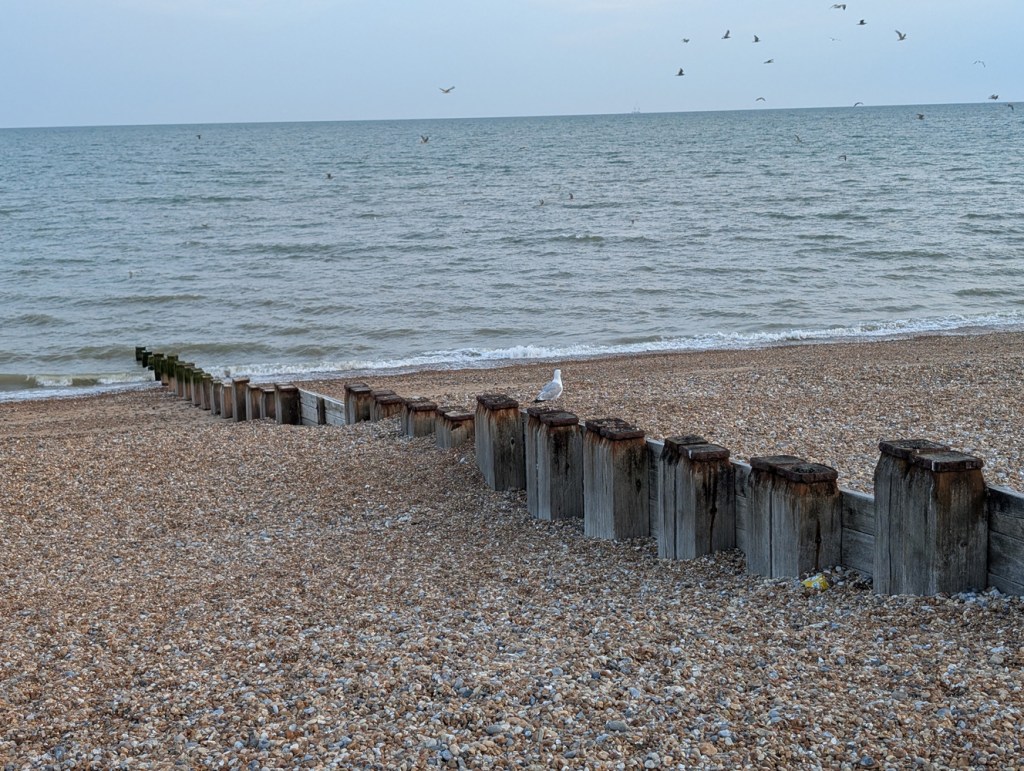
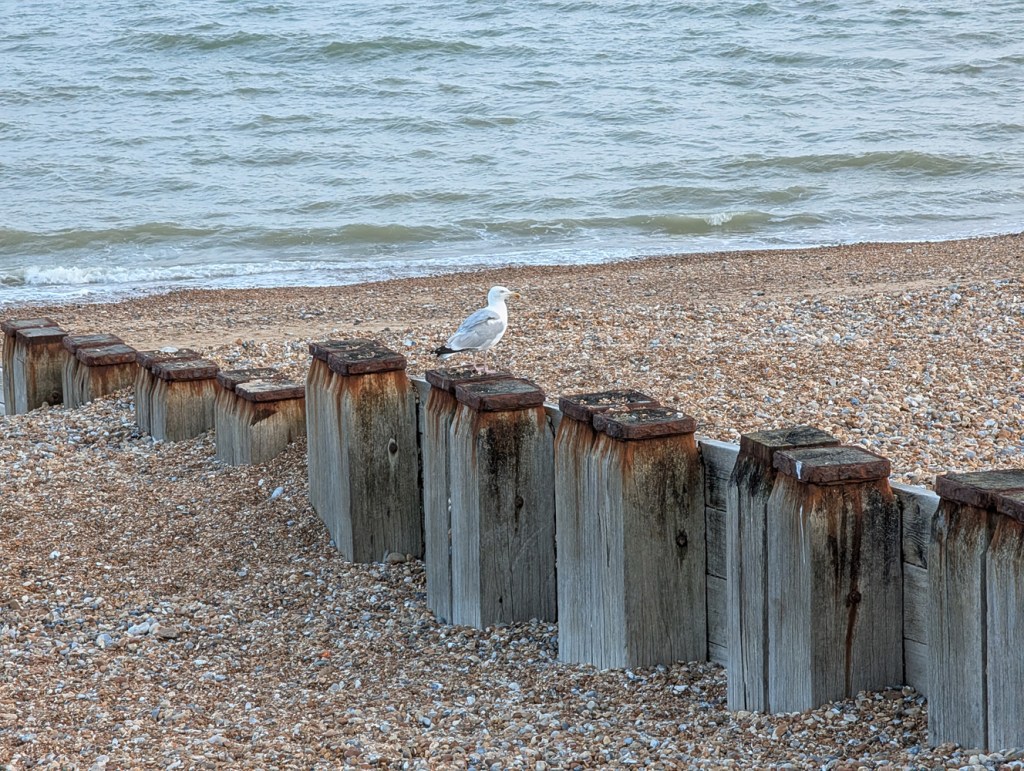
I can’t say I used the Panorama shooting mode much on older Pixel phones, but a side-by-side comparison with the Pixel 8 Pro showed just how much the processing has improved. The app is easier to align now, thanks to floating dots that ensure you keep the horizon level, and the stitching is faster – despite producing a higher resolution image. I think I’ll be using it a lot more now.
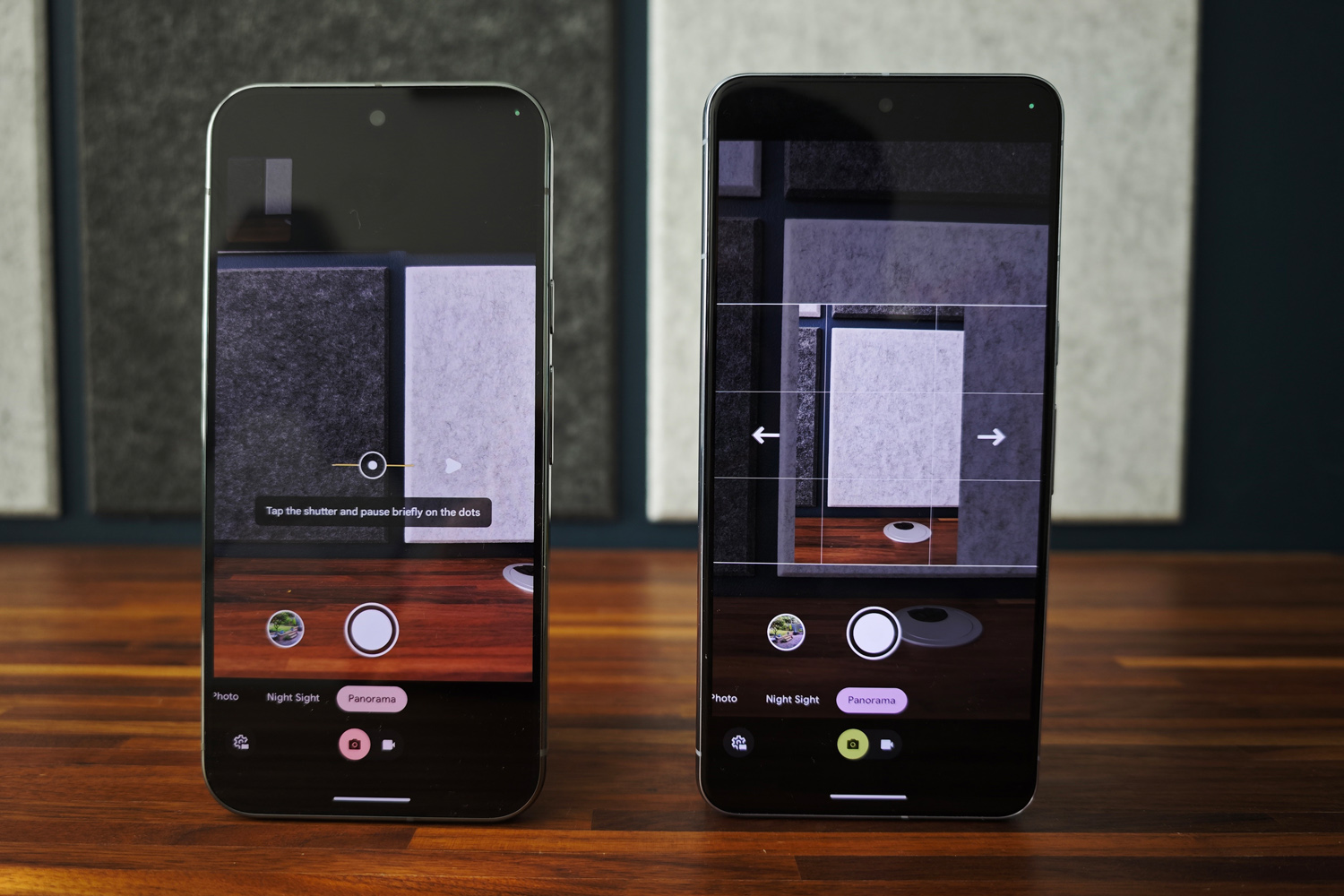

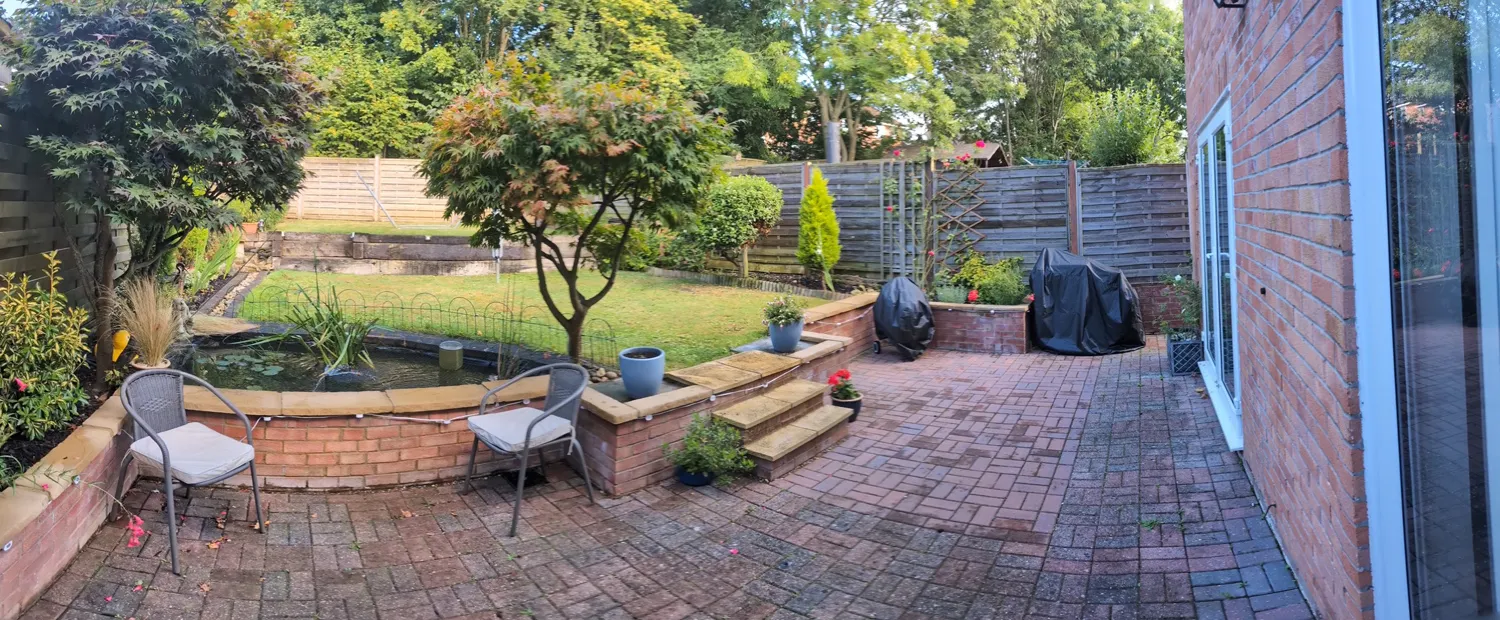
I’m less convinced by Add Me, which lets you swap places with someone in your group shot so you can be in the photo too, while they follow the phone’s instructions on lining up the lens and pressing the shutter. The phone stitches the frames together pretty quickly, but it seemed easily caught out if people moved, resulting in missing limbs. Asking a big group to stand like statues while getting their photo taken feels more 1824 than 2024, if you ask me.
It feels like Google has put more effort into improving its Magic Editor generative image toolbox – unsurprising, really, seeing how Samsung had taken the lead with Galaxy AI earlier this year. The Pixel 9 Pro can now leverage AI to expand tightly-cropped shots, and adjust backgrounds entirely from text prompts.
Software experience: Gemini’s on the line
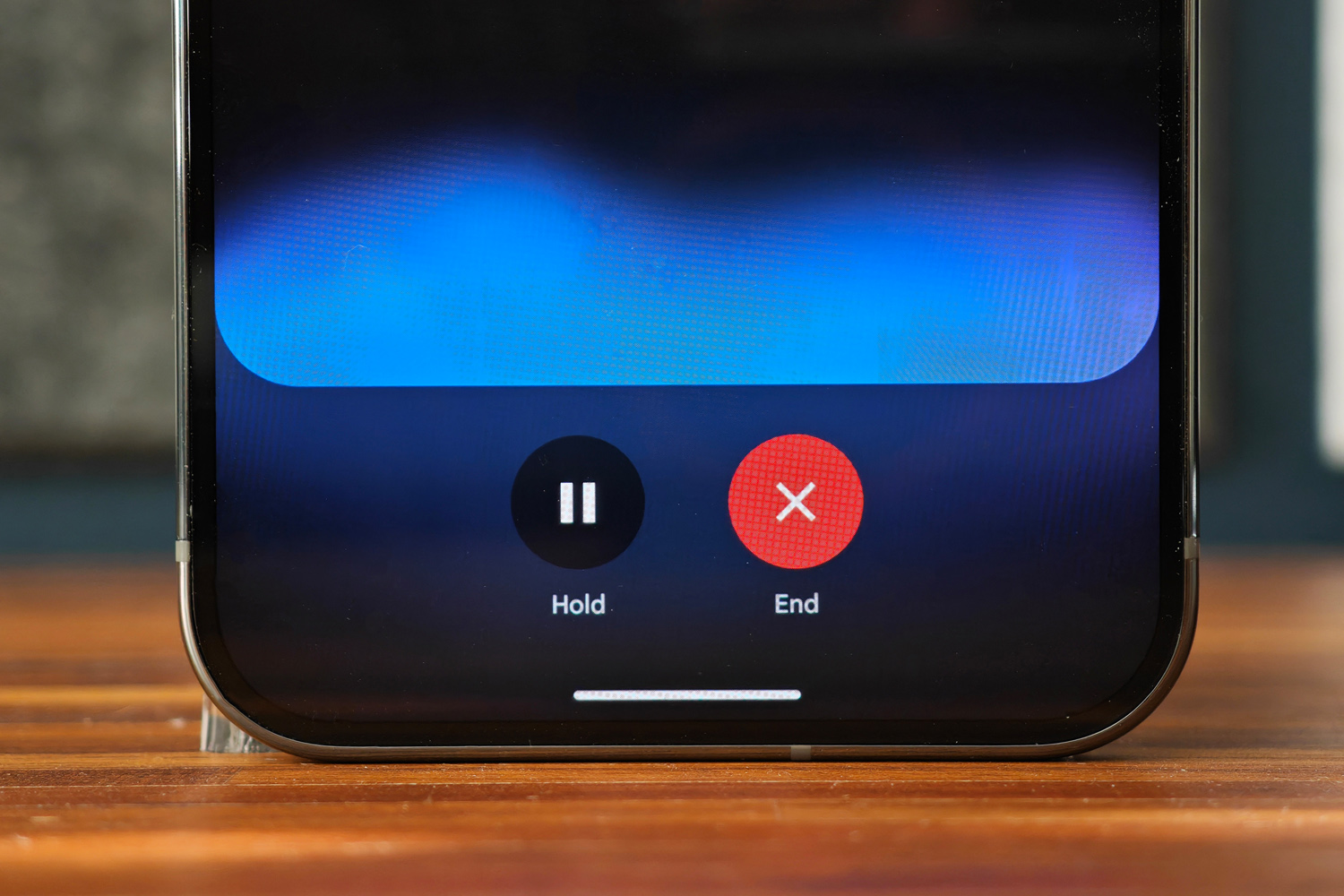
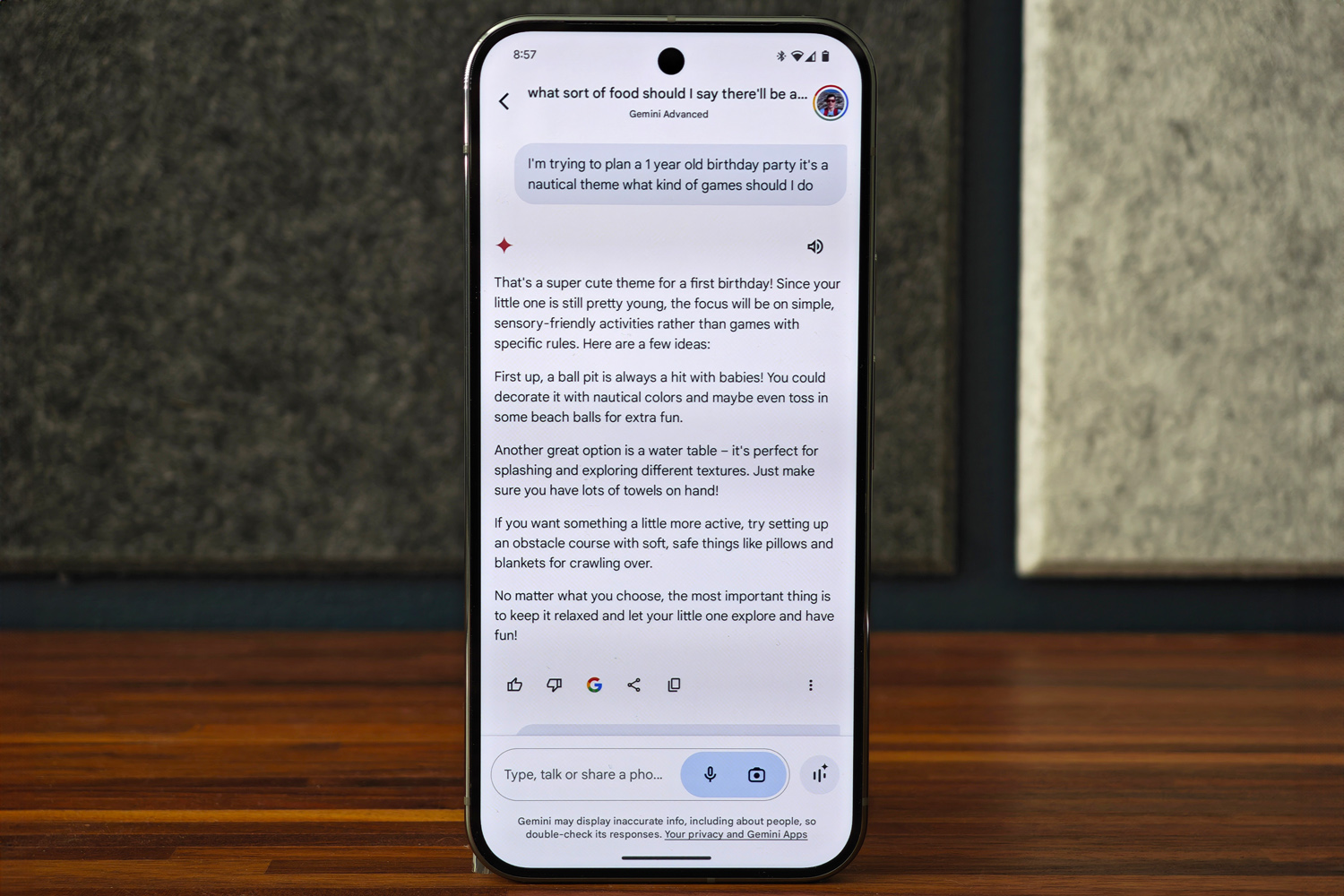
The Pixel 9 generation doesn’t launch with an all-new version of Android, meaning you’re getting roughly the same software experience that you did a year ago on the Pixel 8 series. Naturally it’ll be first in line once Google starts rolling out Android 15, and a seven year update promise means you’ll almost certainly have moved onto a different handset before the firm stops supporting it.
That doesn’t mean there aren’t some spangly new apps to enjoy, though. Pixel Weather gives Gemini-powered daily summaries that dilute down a bunch of numbers and graphs to basic one line reports, like “mild and slightly humid evening with a chance of rain later”. Pixel Studio then lets you generate images based on text prompts; it’s a step up from the Pixel 8’s AI wallpapers, which made you pick from certain phrases and styles, but the actual generation is done in the cloud rather than on-device.
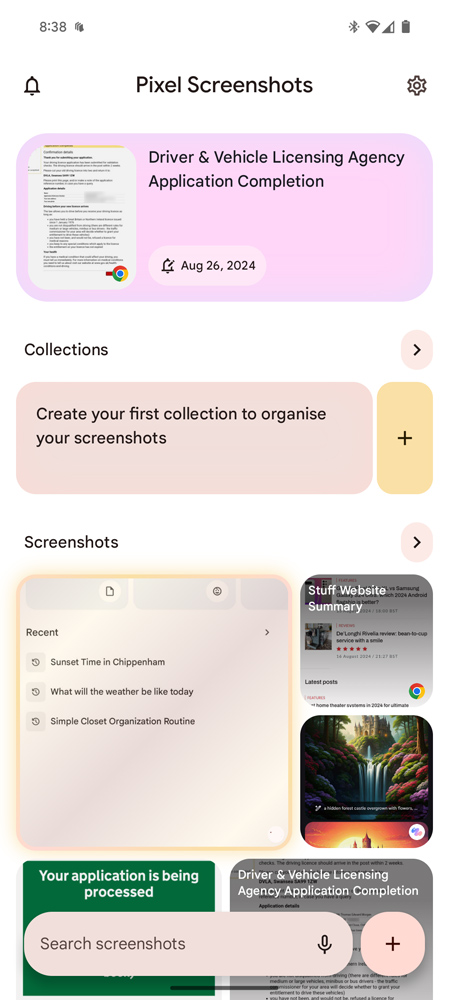
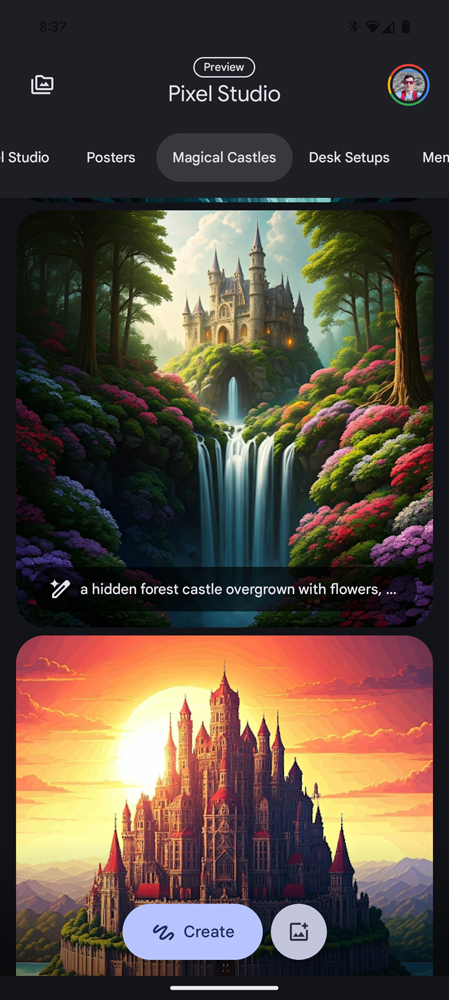
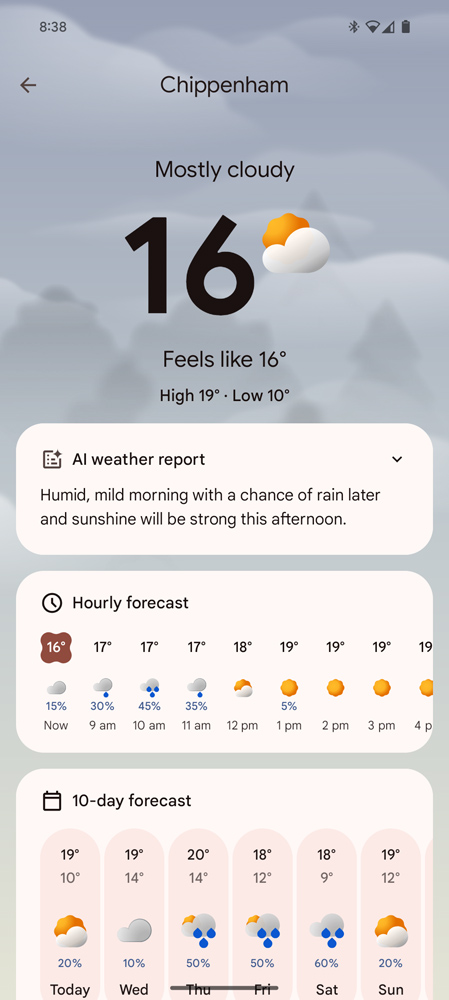
The new Pixel Screenshots app is my highlight. It collates all your screenshots in one place, then uses Gemini to recognise any text. It makes finding specific images so much easier, and I like how it lets you make notes or set reminders within the app too. I get that it heavily relies on Gemini, but I do wonder if this would’ve been better as an addition to a more established app like Keep notes; Google doesn’t have the greatest track record with maintaining its products and services, after all.
Gemini Live is the big new addition, using natural language communication so you can natter to your AI voice assistant like you were on a phone call. You can pick from multiple voices, interrupt its flow and pause the conversation at any point. It feels like a first step right now, with extensions to support other Google apps due later. You’ll also need to pay for a Google One premium subscription to use it, a heady $20/£19 a month – at least the twelve month trial included with each Pixel purchase will let you try out the new features as they’re added over the coming months.
Six months after launch, Google released the first of its 2025 Pixel Drop feature updates. This brought improvements to Gemini Live, scam detection for calls and texts, and smarter categorisations in the Pixel Screenshots app. The Pixel Studio image generator can make pictures of people now, not just objects and locations. These free additions are a great reason to buy Pixel phones, and Google continues to deliver.
Performance & battery life: daily driver
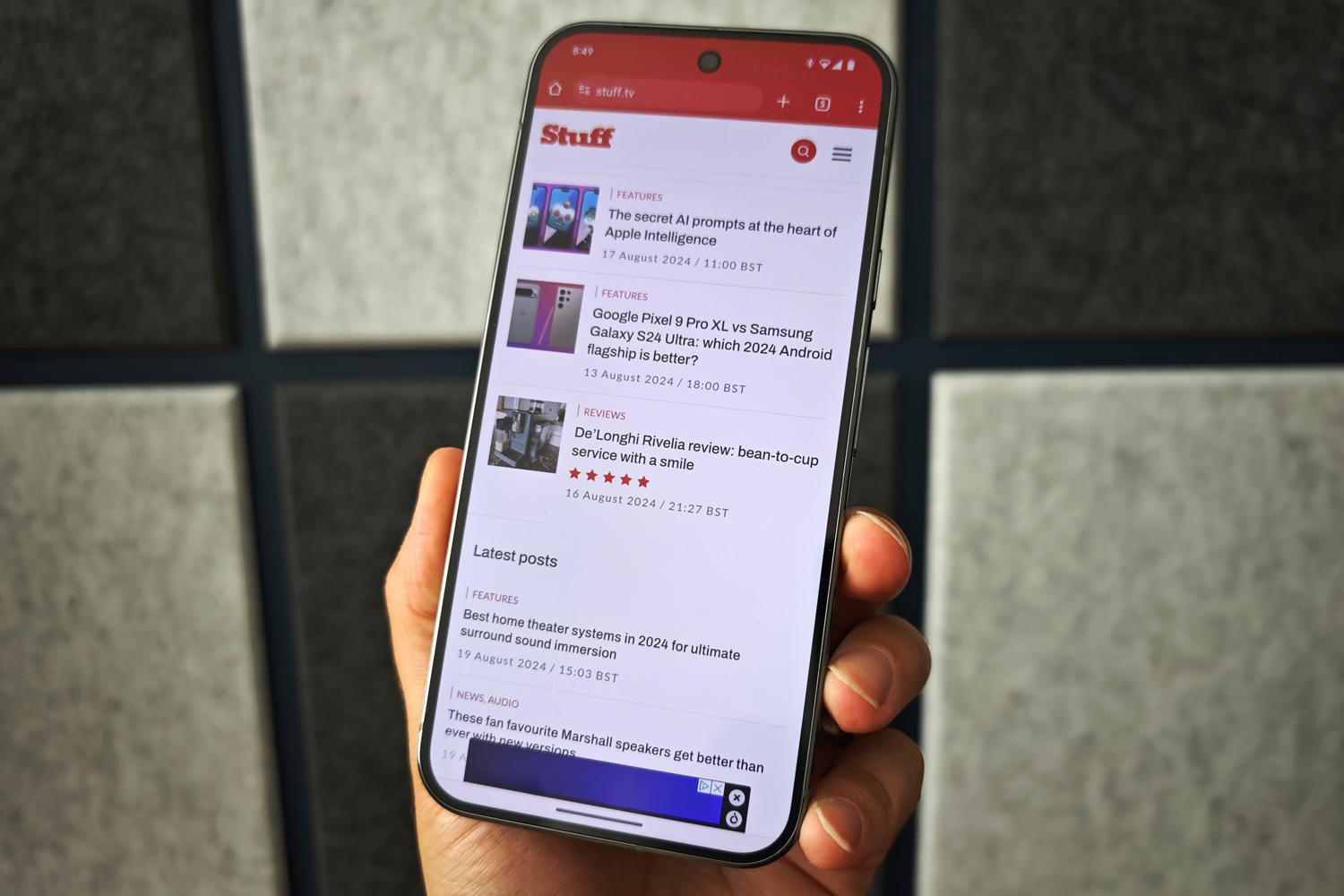
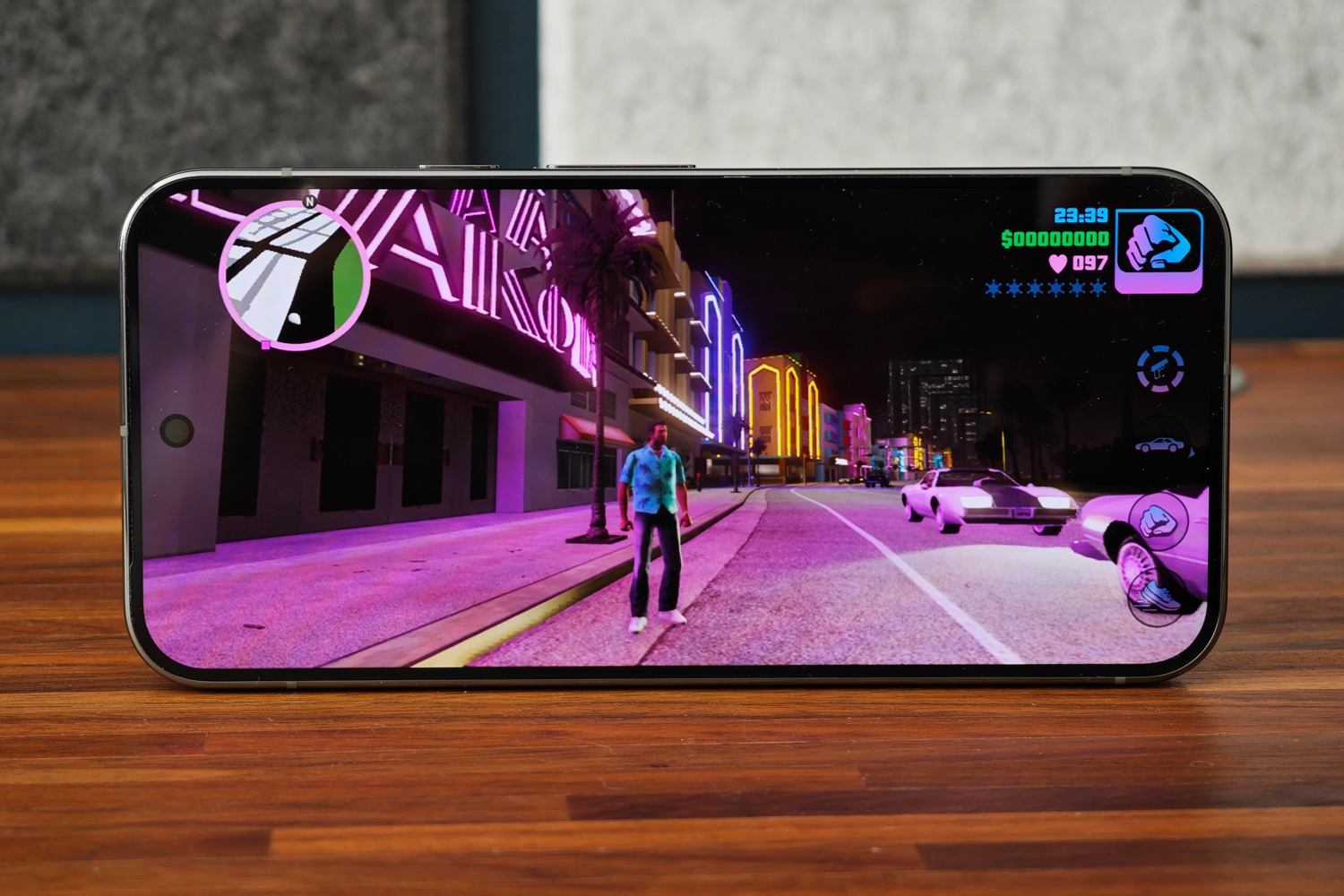
Google’s fourth-gen Tensor silicon uses newer, more efficient ARM cores than last year’s Tensor G3, but has one fewer of them. The eight-core chipset has faster clock speeds, though, so performance is up roughly 10-15% across the board in synthetic tests. That marries up with Google’s claim of up to 17% faster launches; Side-by-side with a Pixel 8 Pro, YouTube Music and Feedly did indeed open faster.
Benchmarks still put this phone behind any Snapdragon 8 Gen 3-powered flagship, and the new vapor chamber cooler isn’t so effective that it can sustain maximum performance for significantly longer than the previous generation Pixel – but in real-world use that really doesn’t matter. The Pixel 9 Pro XL felt perfectly snappy to use, opening apps quickly and playing games at smooth frame rates. A healthy 16GB of RAM helps out on the multitasking front, meaning I could switch between several apps without any of them needing to reload first.
What isn’t so generous is the 128GB of base storage. This feels super stingy when just about every Android rival does 256GB at a minimum once you nudge over four figures. Google will argue its 256GB variants are priced on par with Apple’s and Samsung’s, but they’ve lost sight of the fact Pixels used to be value champs as well as flagship beaters.
Another downer is the lack of Qi2 magnetic charging. With Google sitting on the Wireless Power Consortium’s board, a lot of leakers predicted the Pixel 9 series would be some of the first Android phones with the tech, but that didn’t come to pass. The Pro 9 XL can top up at 23W if you use the official Pixel wireless charging stand, but tops out at 12W on a regular Qi pad. Chinese brands like Oppo and Honor absolutely smoke it for speed. It’s a similar story with wired charging. Google claims a 50% refuel in 30 minutes using the new 45W USB-C power brick, but the phone tops out at 37W. Many rivals manage double that, if not more.
On the plus side, the Pixel 9 Pro XL has proved to have solid longevity. Google’s ‘all-day use’ claim proved accurate throughout my testing, even with an hour or so of gaming and plenty of video streaming thrown into the mix. I rarely dipped into the red before bedtime, so never felt I had to leave the house with a portable battery pack.
Google Pixel 9 Pro XL verdict – six months on
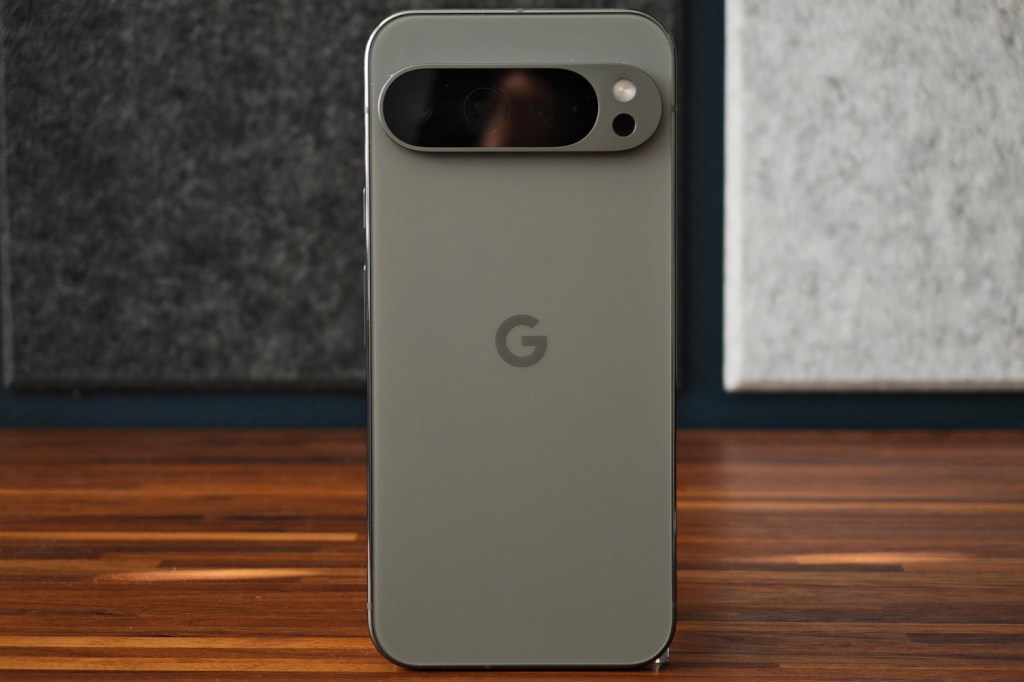
As it arrived just ten months after the previous Pixel generation, there was a danger the Pixel 9 Pro XL wouldn’t feel like a significant upgrade. Good news, Google fans: this phone was every bit the flagship, and still is in 2025. The brighter display is a stunner, real world performance is suitably top-tier, and the sharpened styling is up there with anything from the Apple or Samsung stables.
Battery life is more than respectable, the boost to charging speeds is very welcome, and Gemini continues to get smarter in actually useful ways. The rear cameras continue to take fantastic photos in all lighting conditions (if not the absolute class best anymore), and the AI editing tools are up there with the best. If this was the only flavour of Pro Pixel, it would be a no-brainer.
However, things are a bit trickier now there’s a choice of screens. The smaller Pixel 9 Pro has an identical CPU, identical cameras, and identical AI software smarts, yet costs $100/£100 less. Marginally slower charge times aren’t a deal-breaker, and battery life isn’t all that different either. Unless you insist on the bigger screen, it’s the better buy for most people – though the XL is a real treat for those craving more display real estate.
Stuff Says…
The best big-screen Pixel yet is a real looker, levels up Google’s AI efforts and takes a fine photo. Just think hard on whether you need the XL, when the smaller Pixel 9 Pro does the same for less cash.
Pros
Distinctive new look and premium build
Consistently great photos and expansive gen AI editing tools
Smooth real-world performance and promising battery life
Cons
128GB starting storage is measly
Best Gemini features are paywalled
Less appealing now there’s a smaller version
Google Pixel 9 Pro XL technical specifications
| Screen | 6.8in, 2992×1344, 1-120Hz AMOLED |
| CPU | Tensor G4 |
| Memory | 16GB RAM |
| Cameras | 50MP, f/1.7 w/ dual pixel PDAF, OIS, laser AF + 48MP, f/2.8 periscope telephoto w/ 5x zoom, OIS, dual pixel PDAF + 48MP, f/1.7 ultrawide w/ dual pixel PDAF rear 42MP, f/2.2 w/ PDAF front |
| Storage | 128/256/512GB/1TB |
| Operating system | Android 14 |
| Battery | 5060mAh w/ 37W wired, 23W wireless charging |
| Dimensions | 163x77x8.5mm, 221g |


